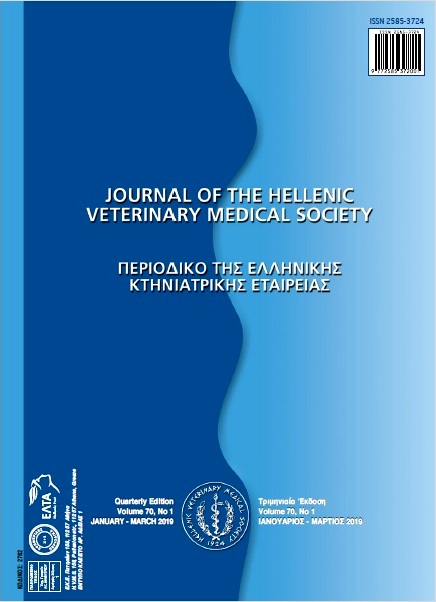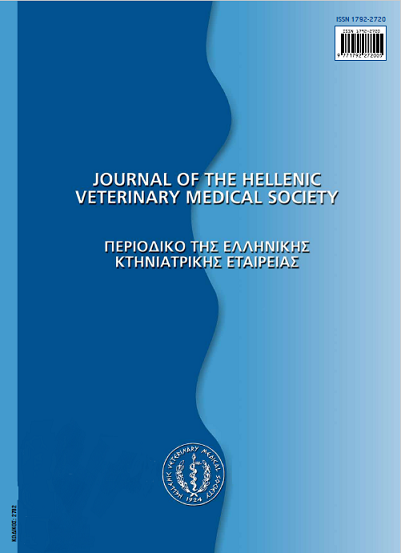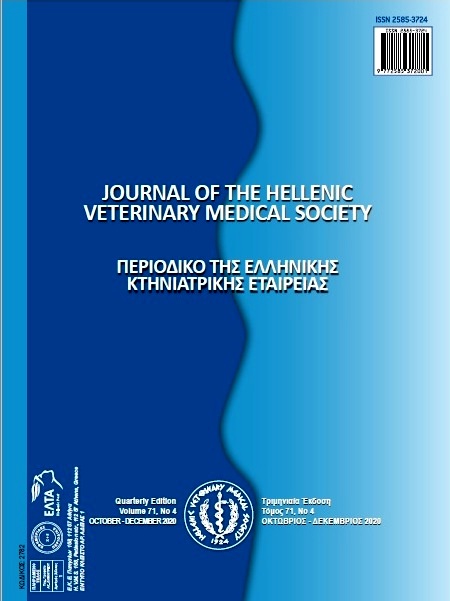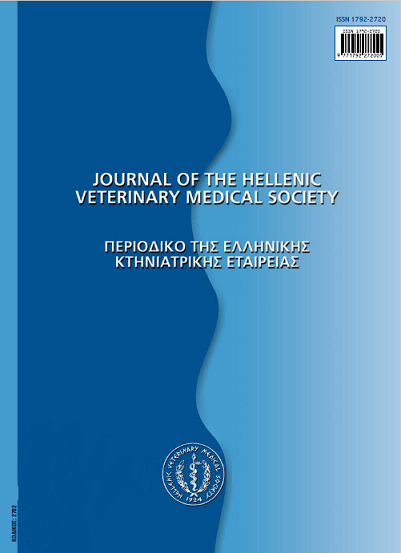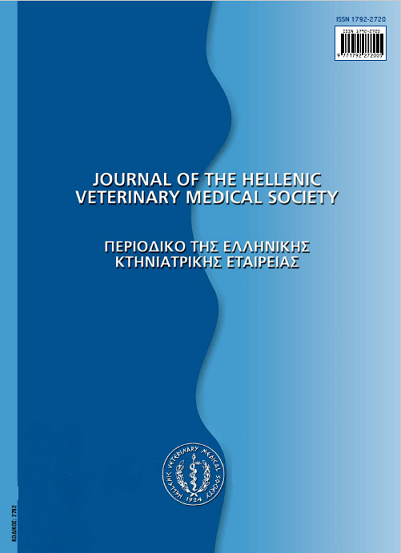A case of Amidostomosis in a racing pigeon (Columba livia) in Greece
Resumen
A dead pigeon (Columba livia) was submitted to the Unit of Avian Medicine, Clinic of Farm Animals, Faculty of Veterinary Medicine, Aristotle University of Thessaloniki, Greece. It derived from a pigeon flock consisted of approximately 100 racing birds of various ages between 4 months to 5 years old. The flock was kept on a terrace indoors in 4 cages of 3 m2 each. Near this flock, there were also two other pigeon flocks in a distance of 20 and 30 meters, respectively. The pigeons’ health problem had been present in this flock for approximately 3 years before this delivery. Lack of appetite, poor growth of young birds, weakness, depression, vomiting, diarrhea and emaciation were the most important clinical signs of the pigeons in the flock. During necropsy, discoloration and atrophy of liver, spleen and kidneys, edema of gizzard, necrosis in the koilin layer of the gizzard and under this, presence of small parasites, dilatation in the anterior small intestine (duodenum, jejunum) and finally hemorrhagic content in the second half of the small intestine and the rectum were observed. According to the findings of the postmortem and laboratory examination, amidostomosis was determined to be the cause of the pigeon’s death. Although pigeon infection by Amidostomum spp. is reported around the world, so far, amidostomosis has not been reported in pigeons in Greece. Pigeon owners should take all the appropriate treating and managing measures to control the spread of this parasite and its consequences on their flocks.
Article Details
- Cómo citar
-
TSIOURIS, V., STARRAS, A., GEORGOPOULOU, I., ANGELOU, A., & PAPADOPOULOS, E. (2019). A case of Amidostomosis in a racing pigeon (Columba livia) in Greece. Journal of the Hellenic Veterinary Medical Society, 70(1), 1443–1448. https://doi.org/10.12681/jhvms.20353
- Número
- Vol. 70 Núm. 1 (2019)
- Sección
- Case Report

Esta obra está bajo una licencia internacional Creative Commons Atribución-NoComercial 4.0.
Authors who publish with this journal agree to the following terms:
· Authors retain copyright and grant the journal right of first publication with the work simultaneously licensed under a Creative Commons Attribution Non-Commercial License that allows others to share the work with an acknowledgement of the work's authorship and initial publication in this journal.
· Authors are able to enter into separate, additional contractual arrangements for the non-exclusive distribution of the journal's published version of the work (e.g. post it to an institutional repository or publish it in a book), with an acknowledgement of its initial publication in this journal.
· Authors are permitted and encouraged to post their work online (preferably in institutional repositories or on their website) prior to and during the submission process, as it can lead to productive exchanges, as well as earlier and greater citation of published work.

